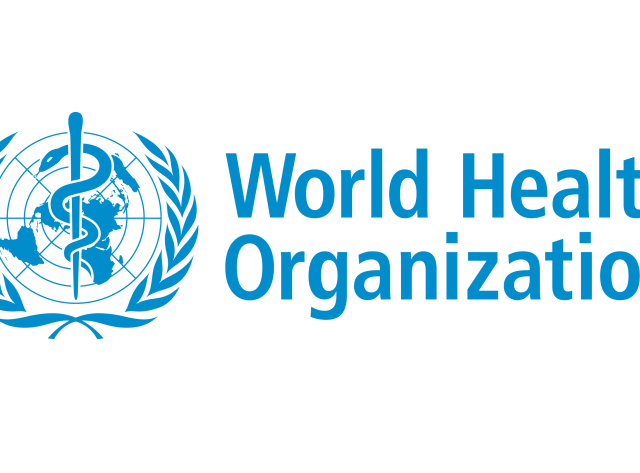SARS-CoV-2 (severe acute respiratory syndrome-coronavirus-2) is a coronavirus that causes COVID-19 (coronavirus disease 2019) with mild to severe respiratory illness. It is a highly contagious disease transmitted through direct or indirect contact with infected people or contaminated surfaces, mainly through respiratory droplets, but other routes are being investigated.
It is known that coronaviruses (CoVs) can cause a variety of ocular pathologies in animals, including conjunctivitis, anterior uveitis, retinitis, and optic neuritis, many of which are severe. However, there is no evidence of the SARS-CoV-2 presence in the eye tissue of asymptomatic patients, even if the symptomatic incidence is low. This systematic review presents updated literature on this issue. ABBREVIATED DESCRIPTION OF THE STATE OF KNOWLEDGE COVID-19 has now spread throughout the continents and poses a global threat to public health. The risk of rapidly overloading health care systems and causing substantial mortality worldwide is real. On 11 March 2020, the World Health Organization (WHO) announced coronavirus as a global pandemic. Several studies described a few cases with initial ocular symptoms followed by systemic symptoms of the disease.
Although the frequency of transmission of SARS-CoV-2 infection through the eye is low, ocular symptoms are not uncommon in COVID-19. In some cases, eye symptoms may be the first signs of illness. This implies the need for hygienic recommendations and use of personal protective equipment (PPE) for medical staff and other services to minimize COVID-19 infection of both health-care workers and patients. A triage for ophthalmic outpatient clinic is mandatory.
